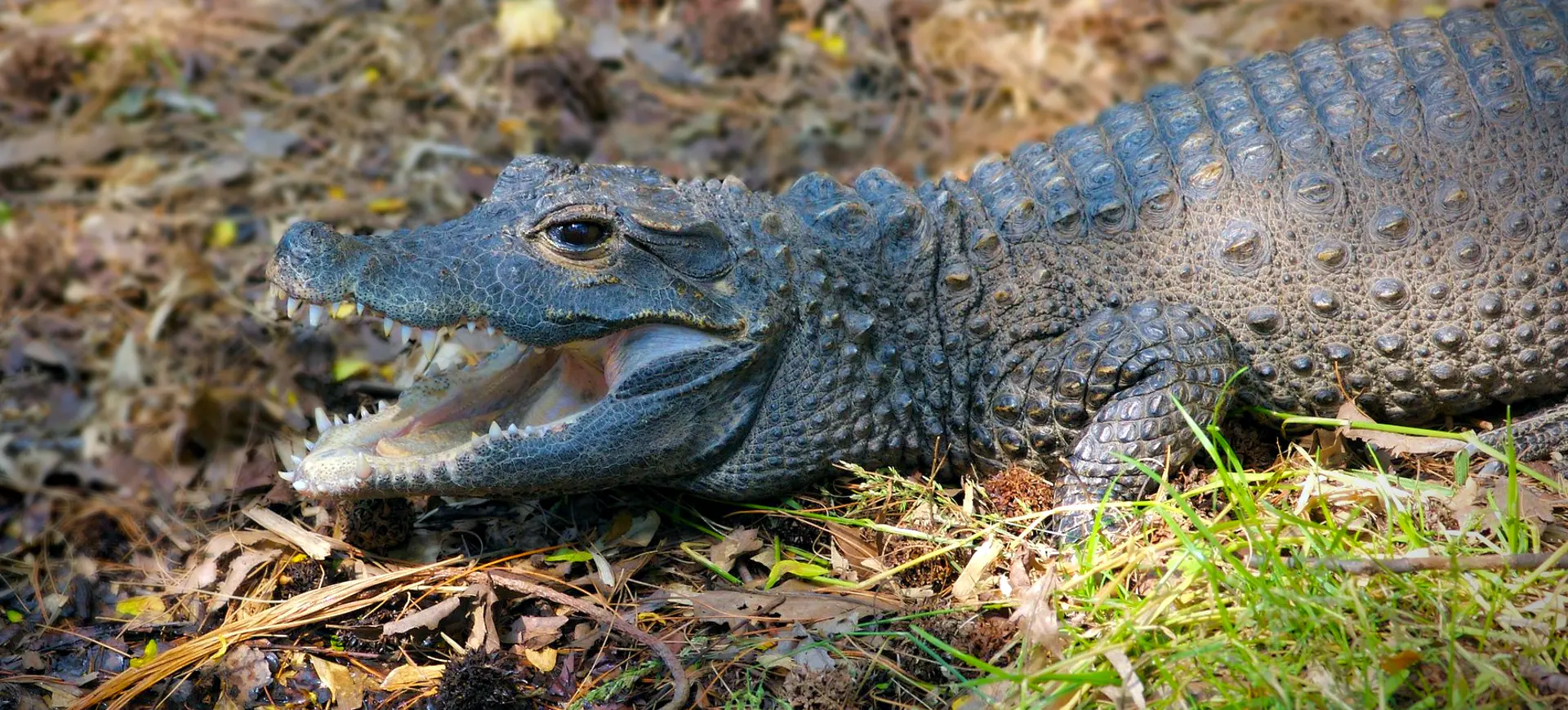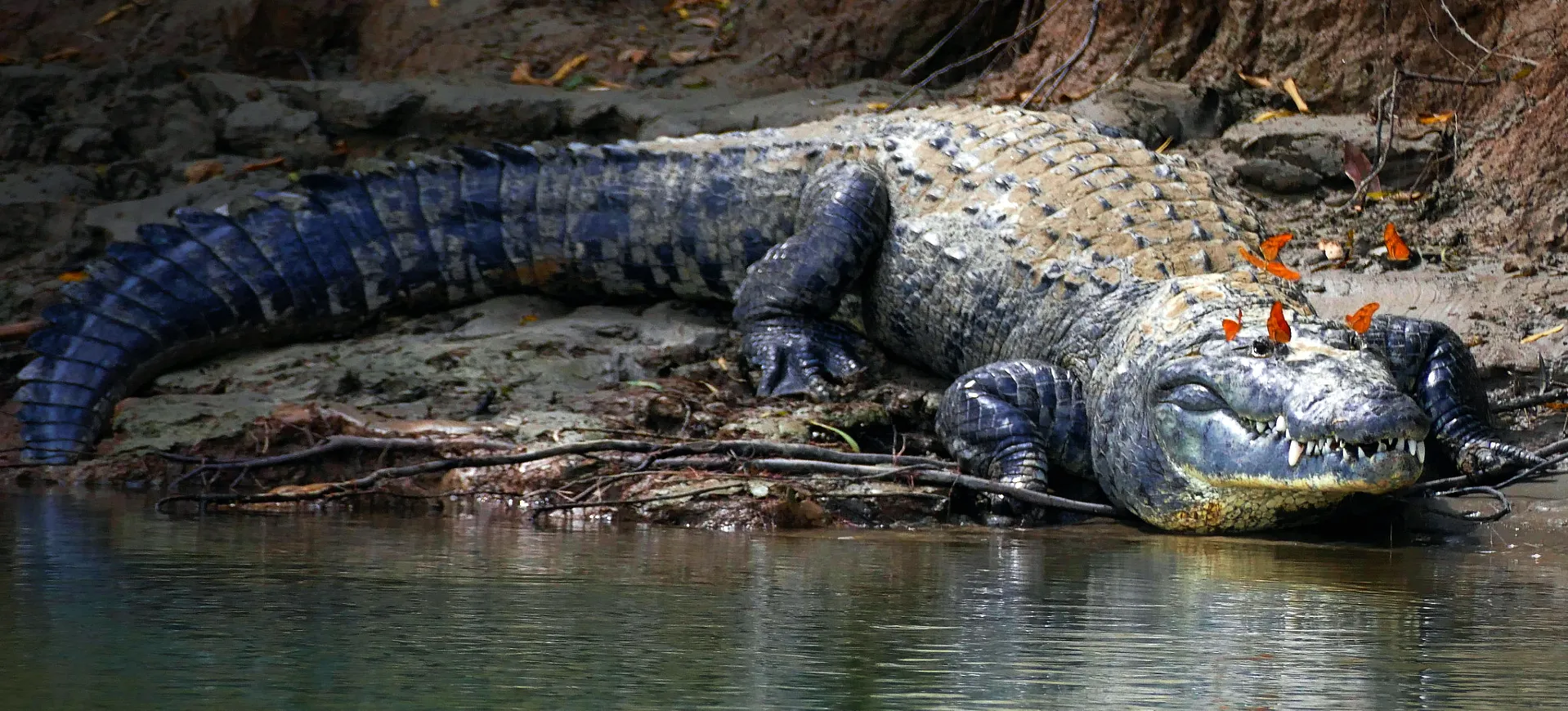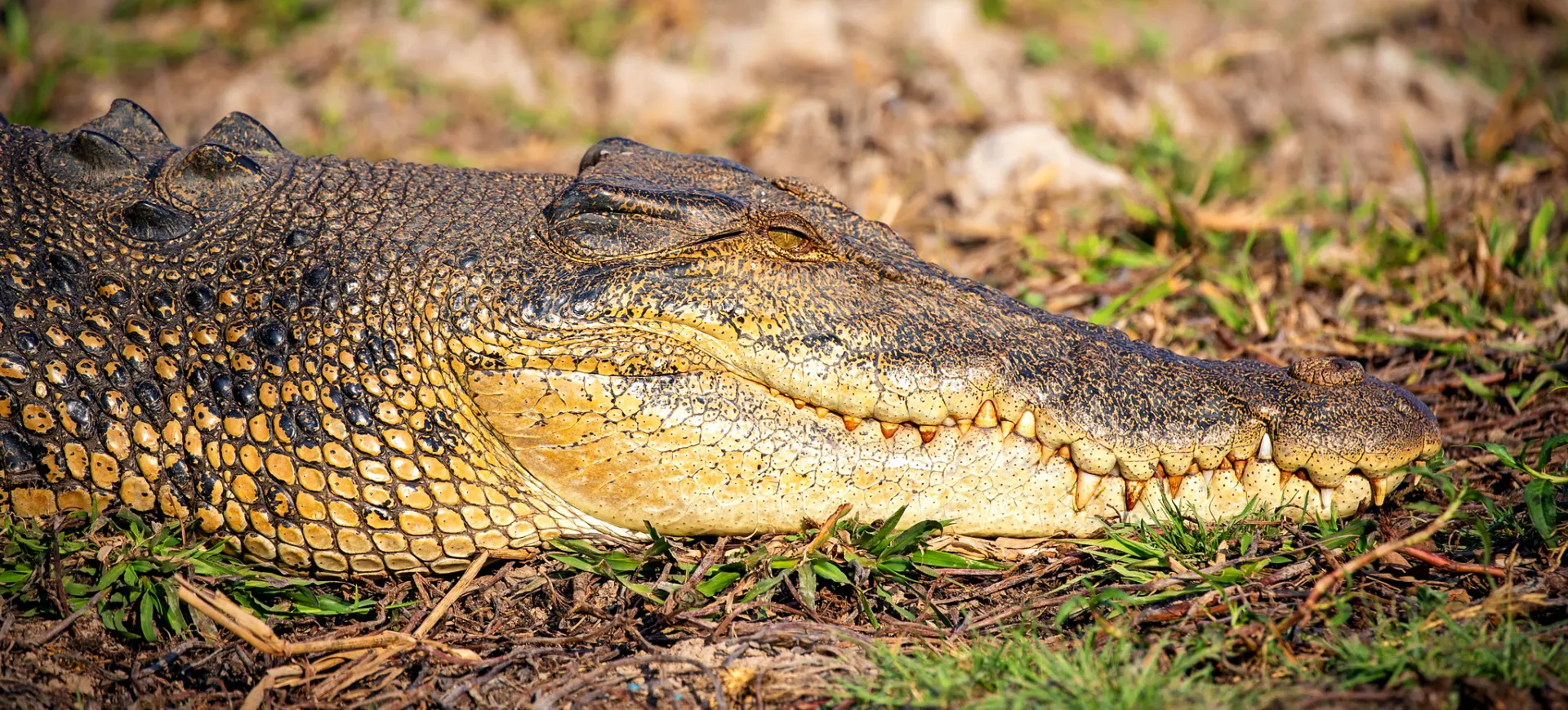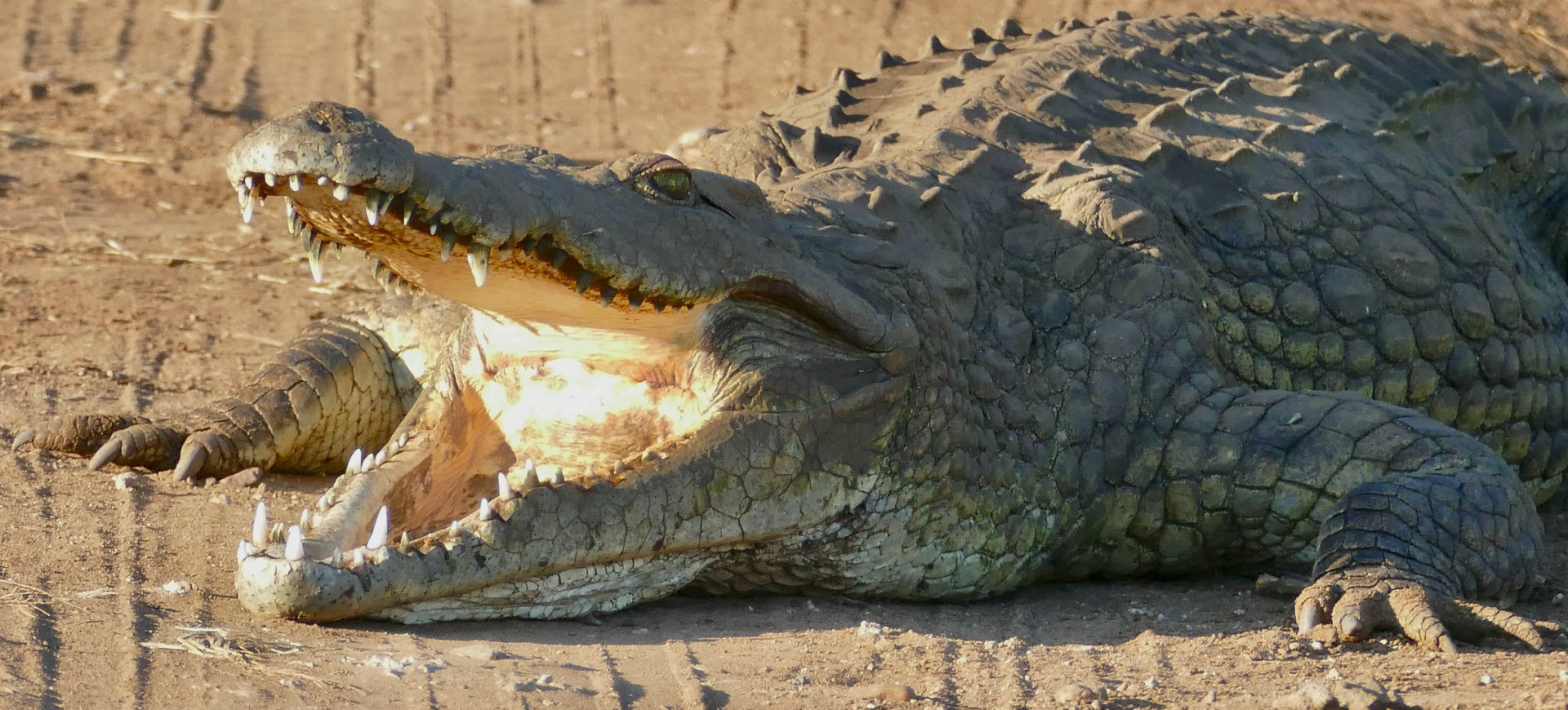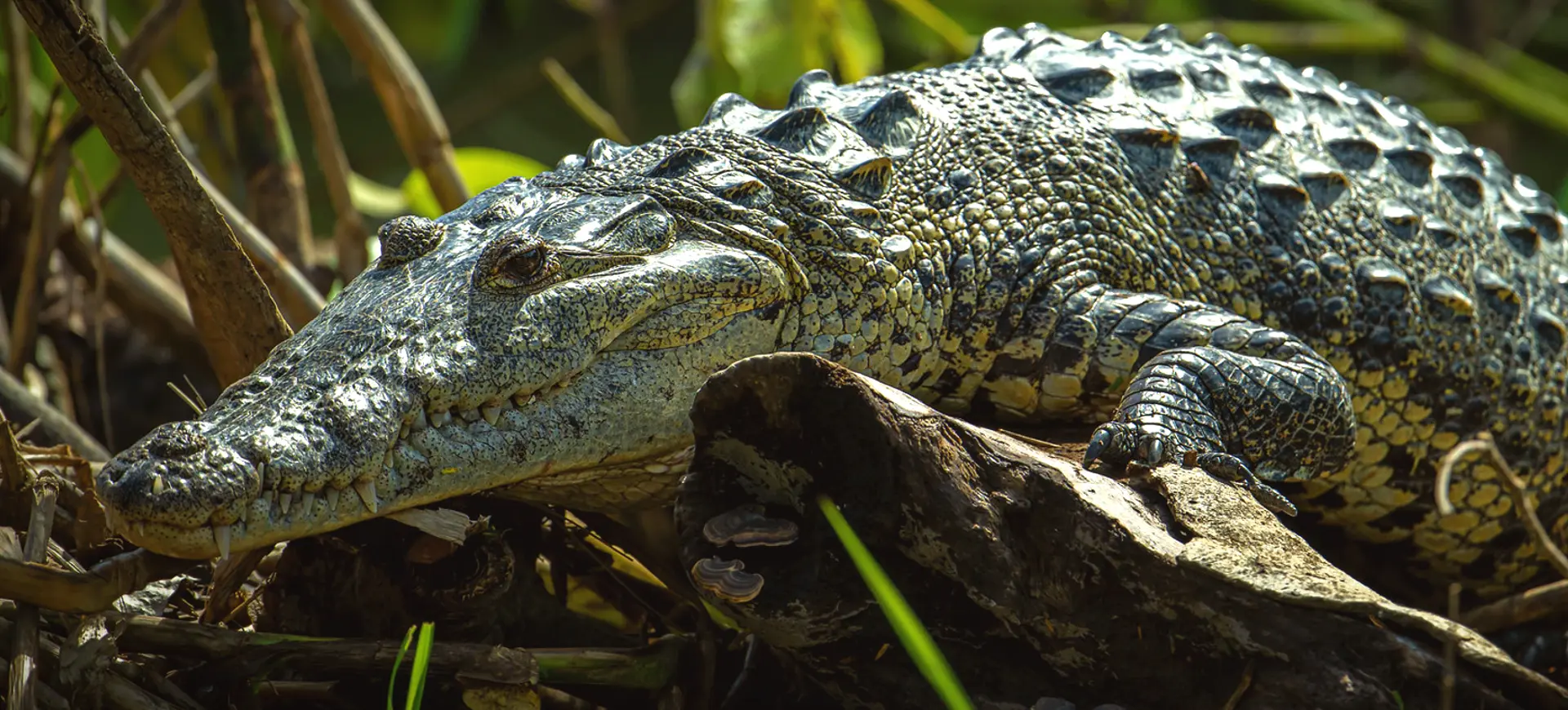Overview
The Orinoco Crocodile is a critically endangered crocodile species that resides primarily in the Orinoco River basin in Colombia and Venezuela. Named after its natural habitat, this reptile is one of the largest crocodile species in the Americas. Its unique, V-shaped snout differentiates it from other crocodiles, often narrower than its close relatives.
This species is primarily aquatic, spending most of its life in freshwater habitats like rivers, lakes, and marshes. It is also a notable apex predator in its ecosystem. It primarily feeds on fish but is known to eat other smaller reptiles and mammals when the opportunity arises.
Due to its critical conservation status, the Orinoco Crocodile is the subject of several conservation efforts, largely focused on habitat preservation and anti-poaching measures. The species has been largely impacted by hunting for its skin, which was a valuable commodity in the 19th and 20th centuries.
Taxonomy
Kingdom
Phylum
Class
Order
Family
Genus
Species
Type
Physical Description:
The Orinoco Crocodile has a pale-yellow hide with dark spots and bands on its body and tail, which helps with camouflage in its murky water habitats. Adults often display a lighter coloration compared to younger individuals. Its narrow, V-shaped snout is an identifying characteristic, allowing for easier fish capture.
The species shows some sexual dimorphism, particularly in size. Males are typically larger than females and can grow to be more imposing. The scutes, or bony external plates, are relatively smooth, adding to their streamlined appearance in the water.

Lifespan: Wild: ~60 years || Captivity: ~80 years

Weight: Male: 1,100-1,300 lbs (500-590 kg) || Female: 400-500 lbs (180-227 kg)

Length: Male: 13-15 feet (4-4.5 m) || Female: 8-10 feet (2.4-3 m)

Height: Male: 16–24 inches (41–61 cm) || Female: 12–18 inches (30–46 cm)

Top Speed: 12 mph (19.3 km/h) in water
Characteristic:
Native Habitat:
The Orinoco Crocodile is native to the Orinoco River basin, which spans parts of Colombia and Venezuela. They inhabit freshwater environments, including rivers, lakes, and marshes. These habitats offer the crocodiles ample opportunities to hunt and also provide suitable sites for nesting.
Historically, their range was much more extensive, but their presence has been significantly reduced due to hunting and habitat loss. Today, they are primarily found in protected areas and reserves where conservation efforts are focused on their recovery.
Climate Zones:
Biogeographical Realms:
Continents:
Diet:
Diet & Feeding Habits:
The Orinoco Crocodile is a carnivore, primarily feeding on fish. Its specialized V-shaped snout aids in capturing slippery prey underwater. The species has also been observed to occasionally consume smaller reptiles, birds, and even mammals.
It hunts primarily by ambush, lurking underwater near rivers or lakes until prey comes close enough for capture. It then lunges incredibly fast, using its powerful jaws to snatch and consume its prey. It employs a “death roll” tactic to subdue larger or struggling prey items.
Mating Behavior:
Mating Description:
Orinoco Crocodiles typically mate during the dry season, between January and April. Males attract females through vocalizations and displays, including body arching and jaw slapping against the water surface. After mating, females lay eggs in nests made from vegetation and soil.
The female guards the nest until the eggs hatch, usually after about 80 to 90 days. Hatchlings are cared for by the mother, who carries them to the water in her jaws. These crocodiles exhibit strong parental care, with the female watching over the young for an extended period.
Reproduction Season:
Birth Type:
Pregnancy Duration:
Female Name:
Male Name:
Baby Name:
Social Structure Description:
Orinoco Crocodiles are solitary animals, especially outside of the mating season. Males are territorial and will defend their chosen areas from other males, using aggressive displays and physical confrontations to establish dominance.
Despite their solitary nature, they exhibit complex social behaviors during the mating season. Vocalizations, body posturing, and physical displays are used to attract mates and establish breeding rights. Interactions between individuals are more frequent during this period, but they are largely independent outside of the mating season.
Groups:
Conservation Status:
Population Trend:
The Orinoco Crocodile population has faced significant declines over the past century, primarily due to hunting for their hides. By the mid-20th century, they were on the brink of extinction. However, conservation efforts, including legal protections, have led to a slow recovery.
In areas where they are protected, populations are showing signs of recovery. However, the overall population remains critically low. Continued efforts, including habitat restoration and protection from poaching, are essential for their survival.
Population Threats:
Historically, the primary threats to the Orinoco Crocodile have been hunting for their hides and habitat loss. Today, while hunting is less of a threat due to legal protections, habitat destruction, pollution, and human-wildlife conflict remain significant concerns.
Illegal hunting still occurs in some areas, and young crocodiles are at risk from natural predators. Additionally, human encroachment into their habitats leads to conflicts, often resulting in the killing of crocodiles perceived as threats.
Conservation Efforts:
Conservation strategies for the Orinoco Crocodile include legal protection, habitat restoration, and community education. In areas where they were heavily hunted, protections have been put in place to prevent further hunting and to promote their recovery.
Habitat restoration, especially of nesting sites, is crucial for their survival. Community-based programs aim to educate locals about the importance of the Orinoco Crocodile and its role in maintaining healthy ecosystems. These efforts are crucial for ensuring the long-term survival of the species.
Additional Resources:
Fun Facts
- The Orinoco Crocodile is one of the largest crocodile species in the world.
- They have a unique vocalization, described as a “roar,” used during mating displays.
- Despite their fearsome reputation, they play a vital role in maintaining the health of freshwater ecosystems.
- They have excellent night vision, which aids them in hunting.
- Orinoco Crocodiles can replace each of their approximately 80 teeth up to 50 times in their lifetime.
- They have a high salinity tolerance and can occasionally be found in brackish waters.
- Their highly prized skin led to significant hunting in the 20th century.
- They are known to travel significant distances, especially during the wet season.
- The species is named after the Orinoco River, one of South America’s longest rivers.
- Conservation efforts for the Orinoco Crocodile serve as a model for the global recovery of other crocodilian species.










